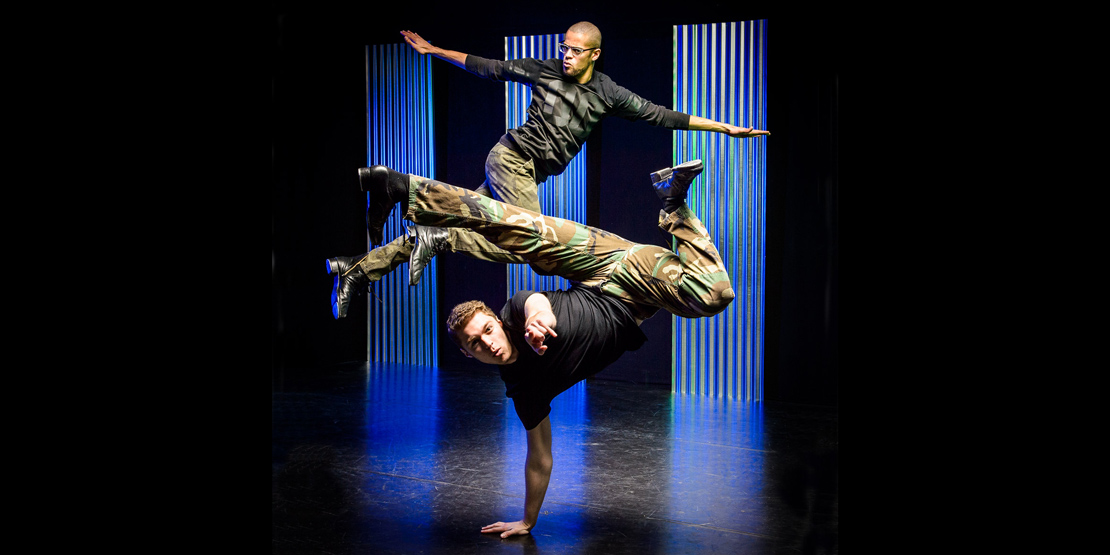Effects of Flooring on Dancer Performance and Injury
Emerging dance scientist and biomechanics expert Luke Hopper outlines his pioneering research investigating the effects of dance floors on dancer performance and injury.
Dance floors are an integral part of the dance environment, yet little information is available for the dance community that concerns how dance floors may affect dancer performance and injury. For the dedicated dancer striving to improve, injury can sadly be an all too common occurrence. By gaining knowledge concerning the relationship between dance floors and dancer performance and injury, the dance environment can be optimized in order to give dancers the best opportunities in their training.
It is common to hear dancers describe a floor with words like ‘sprung’, ‘hard’ or ‘stiff’. But what aspects of the floors are the dancers referring to when they make these statements? And do these elements of the floors really affect performance? These are vital research questions for dance research in the interests of dancer health.
Findings of the research
Did you know that the manufacturing standards in the UK that apply to dance floors are exactly the same standards that apply to basketball and volleyball courts? But unlike in many sports there is no governing body that directly regulates the floors used by dancers. Therefore it is easy to imagine that there are many inappropriate dance floors being used in the UK.
Various floors used by professional dancers in the UK have been tested and it was found that many of the floors did not meet the standards that apply to basketball and volleyball courts. In fact, some of the floors were almost as hard as concrete! It was only the floors that were specifically made for dance that complied to the standards for hardness. Therefore requiring dancers to perform on floors that are not dance specific may present with an unnecessary injury risk.
Using state of the art 3D motion analysis techniques, the movements of dancers were measured performing landings on different dance floors. The results showed that on harder surfaces (like that measured in the previous study), the stress at the dancers’ ankle joints increased. It was only when the floors complied with the standards that the ankle stress was decreased. The greatest ankle stress occurred less than a tenth of a second after the dancers had landed on the floor. Because these changes occurred within such a short time period this may mean that regardless of technical ability, dancers may not be able to reduce this ankle stress.
Professional and student dancers were then asked to give their opinions of the ‘feel’ of different floors. Dancers demonstrated the distinct ability to sense the differences of the different floors. This suggests that dancers do know what they’re talking about when it comes to dance floors. Further research is now being conducted investigating dancers’ opinions of the most important aspects of floors and how these factors may affect performance and injury.
Implications of the research
Injury occurrence is all too common in dance. Dancers will always push their bodies to the limit to get the most out of their training. It is therefore very important that safe dance environments are created to reduce any unnecessary injury risks.
This research has reported that dancers can be required to perform on substandard floors that were shown to affect ankle joint stress during dance movements. Dancers also demonstrated the distinct ability to sense changes in dance floor properties. Dance institutions are now able to use this information and work with dancers in creating dance environments with the aims of helping dancers to dance better, stronger and for longer.
